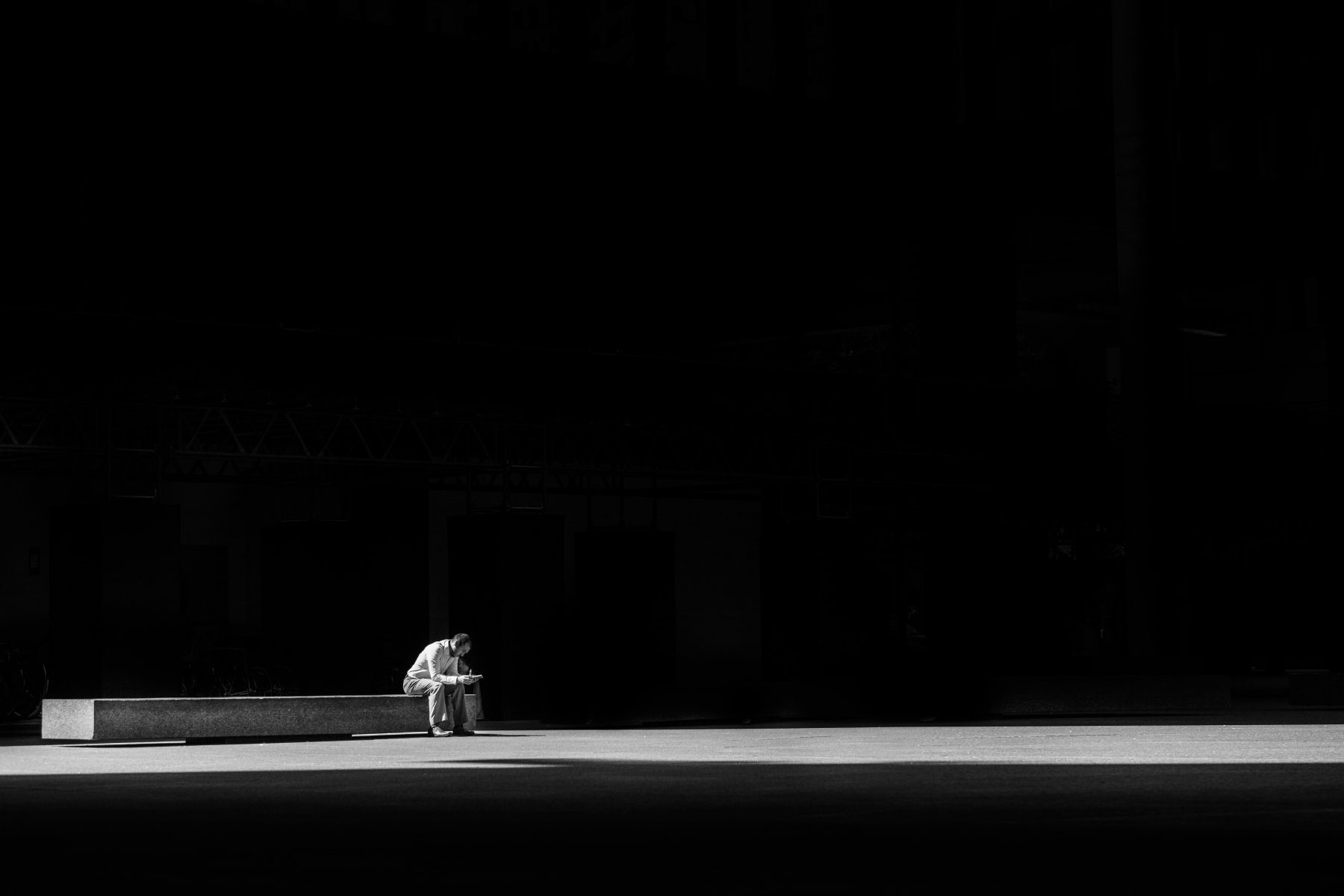In times of crisis, we crave familiar stories.
For many, books have been instrumental in banishing the lockdown blues. They’ve distracted us from the overwhelming state of the world, and provided us with escapism, a safe refuge.
But what literary landscapes have we been reaching for?
According to Deakin University’s Professor Katya Johanson – from the School of Communication and Creative Arts – we’ve been seeking out the familiar and the fantastical as we weather the storm.
Pandemic-adjacent literature
In times of crisis, some of us want to be transported to wondrous places. We crave narratives that are completely different to the events we’re living through.
For this reason, books were amongst the consumer products to experience a boom during COVID-19, at least initially.
Australian publishers experienced Christmas-like sales in April, and the sale of adult fiction, children’s and young adult titles rose throughout the year.
Fiction is particularly popular for weathering the anxieties of lockdown, with fantasy, crime fiction and the classics being the most popular genres.
Professor Johanson likens this escapist fiction to “the literary equivalent of comfort food”:
“Like meal portion sizes, you’ll also see that the size of the books people choose often increases during times of anxiety – the Harry Potter series generally enjoys renewed interest because each book is an absolute doorstopper, and there are seven of them.
“Hilary Mantel’s Wolf Hall series similarly has done well – three fat books that transport the reader far from the current crisis into Tudor England. Fortuitously for Mantel, the final novel in the series was published just in time for lockdown in March.”
For others, the pandemic has heralded a return to the classics, as readers find safety in the familiar territory of high school reading lists.
But surprisingly, books that deal with other forms of crisis have remained popular.
Novels like Nevil Shute’s On the Beach, about an impending nuclear holocaust in Melbourne, and H. G. Wells’ The War of the Worlds allow readers to take an excursion into dystopian worlds.
There, they share a common feeling of suffering with the fictional characters. It may not be pandemic literature, but it is pandemic-adjacent.
Reading with compassion and curiosity
It’s not just the usual staples that have been seeing us through lockdown. Our tastes have been otherwise shaped by the COVID-19 pandemic and global events.
When the Black Lives Matter movement reached a zenith earlier this year, stores experienced an unexpected demand for books written by Black and First Nations authors.
Professor Johanson says that, unusually, readers were eager to purchase works from both fiction and non-fiction categories, as well as current and backlist titles.
“Customers were as interested in buying up Maxine Beneba Clarke’s 2018 non-fiction title The Hate Race as they were in consuming Tara June Winch’s recent novel, The Yield.
“It’s interesting to consider what caused this interest. These were not the first Black Lives Matters protests, and the killings in the US and Australia were far from being the first instances of racial violence by authorities.
“But this level of widespread demand for books on race issues had not been seen previously – perhaps the pandemic has increased our sense of compassion and curiosity about the lives, experiences and suffering of others?”
Melancholic introspection
For some of us, the past several months have been spent in a kind of solitude. And while it may have made us lonely, the act of being alone can lead to inward contemplation.

According to Professor Johanson, this special kind of melancholy has put us in the mood for poetry and other classical literature.
After all, what’s more gothic and angsty than The Raven by Edgar Allen Poe, or Emily Brontë’s Wuthering Heights?
“Interestingly people are choosing books that encourage reflection, perhaps because their social isolation is putting them in an introspective mood.”
Genre fiction has also remained as popular as ever, especially political thrillers.
But it’s not the first time that genre fiction has seen us through a crisis.
During World War I, Elizabeth Gaskell’s Cranford enjoyed a readership of British soldiers – despite the fact that in today’s terms it’s considered a distinctly ‘feminine’ work of literature.
Cranford is a series of short stories about domestic life in a late-industrial English village, which is densely populated with women.
“Today, it’s very much regarded as a feminine classic, in the same way that Jane Austen novels are. Cranford was the most commonly read book amongst British soldiers in the trenches, presumably because they were homesick for a pastoral England.”
Perhaps that’s how many of us have been using books in 2020 – as portals to simpler, less overwhelming times.
Professor Johanson’s study ‘Discovering a “Good Read”: Cultural pathways to reading for Australian teens’ will be launched on 25 November 2020.
Ursula Dubosarsky, Australian Children’s Laureate, and the research team will present early findings on teenagers’ social media activity about books and reading, as well as insights from publishers, editors and booksellers on reaching teen readers.
Be sure to register for the event.
Katya Johanson is a Professor from Deakin University’s School of Communication and Creative Arts.



